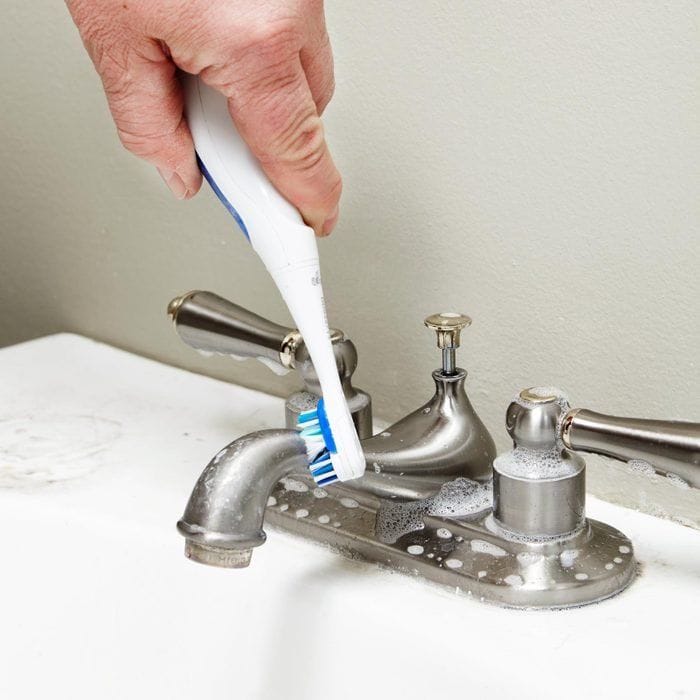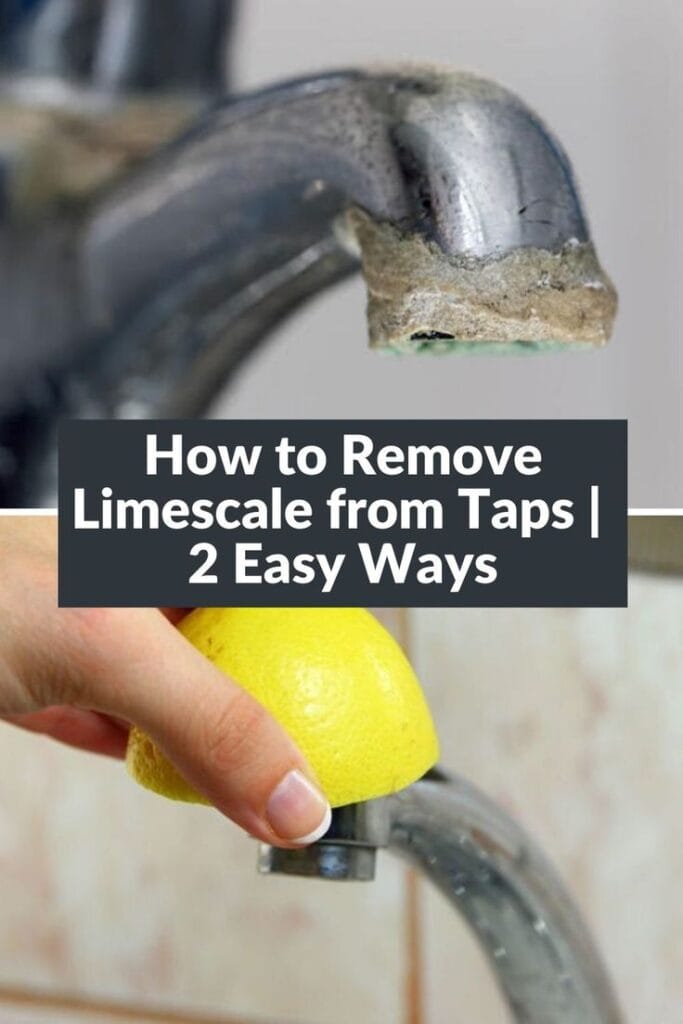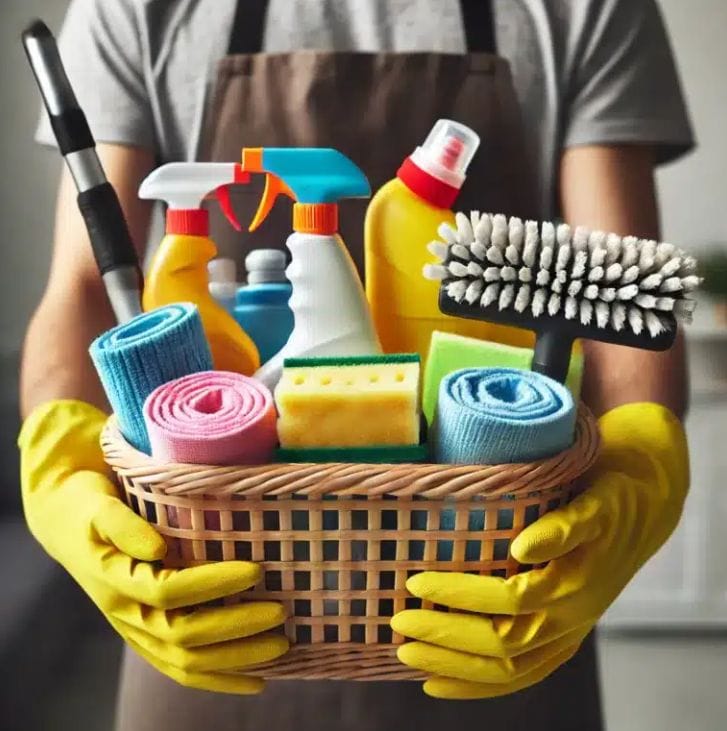Limescale buildup on your shower faucet not only looks unsightly but also interferes with water flow and can shorten the lifespan of your fixtures. Over time, hard water deposits form stubborn chalky stains, leaving your once gleaming shower fixtures dull and tarnished. If you’re struggling with hard water stains and wondering how to clean limescale from your shower faucet, you’ve come to the right place.
In this comprehensive guide, we’ll show you natural and effective ways to remove limescale, restore your faucet’s shine, and prevent future buildup. Whether you prefer homemade remedies or specialized cleaning products, these techniques will leave your bathroom looking brand new.
Table of Contents
- What Causes Limescale on Shower Faucets?
- Why It’s Important to Remove Limescale
- How to Identify Limescale Buildup
- Best Methods to Remove Limescale from Shower Faucets
- DIY Natural Solutions for Limescale Removal
- Commercial Cleaners That Work Wonders
- Step-by-Step Guide: Clean Your Shower Faucet Like a Pro
- Tips to Prevent Future Limescale Buildup
- How Often Should You Clean Your Faucet?
- Final Thoughts
1. What Causes Limescale on Shower Faucets?
Limescale is primarily caused by hard water, which contains high levels of minerals such as calcium and magnesium. When water evaporates from your showerhead or faucet, these minerals are left behind, forming a white, crusty deposit that can become increasingly difficult to remove if neglected.
Common sources of hard water:
- Well water systems
- Untreated municipal water
- Plumbing systems with mineral deposits
2. Why It’s Important to Remove Limescale
Ignoring limescale doesn’t just affect your bathroom’s appearance—it can damage your fixtures over time and affect water pressure. When mineral deposits accumulate, they can clog the tiny holes in your faucet or showerhead, leading to:
- Reduced water flow
- Corrosion
- Higher utility bills
- Bacteria growth behind deposits
3. How to Identify Limescale Buildup
Before you grab your gloves and cleaners, it’s important to recognize the signs of limescale buildup:
- White, chalky crust on faucets or showerheads
- Dull or cloudy metal finish
- Reduced water pressure
- Brown or green staining (due to mineral reactions)
These visual cues are clear indicators that it’s time to clean your faucet and restore its shine.
4. Best Methods to Remove Limescale from Shower Faucets
There are two main approaches to cleaning limescale:
- Natural DIY methods
- Commercial limescale removers
Both are effective, and the best choice depends on the severity of the buildup and your personal preference for natural or chemical solutions.
5. DIY Natural Solutions for Limescale Removal
If you’re a fan of eco-friendly and affordable cleaning, these natural remedies to remove limescale are just what you need.

a) Vinegar Soak Method
White vinegar is a mild acid that breaks down mineral deposits.
Steps:
- Fill a plastic bag with white vinegar.
- Secure it around the faucet using a rubber band.
- Let it soak for 1–2 hours.
- Remove the bag and scrub gently with a toothbrush.
- Rinse with warm water and dry with a microfiber cloth.
b) Lemon Juice Scrub
Lemon juice, like vinegar, contains citric acid that dissolves calcium buildup.

Steps:
- Cut a lemon in half and rub it directly on the faucet.
- Let the juice sit for 10–15 minutes.
- Scrub with an old toothbrush.
- Rinse and buff with a dry cloth.
This method leaves your faucet sparkling and smelling fresh.
6. Commercial Cleaners That Work Wonders
If you’re dealing with heavy limescale buildup, a stronger commercial solution may be necessary.

Top-rated Limescale Removers:
- CLR (Calcium, Lime, Rust Remover)
- Lime-A-Way
- Bar Keepers Friend
- Viakal Limescale Remover
Usage Tips:
- Always wear gloves and use in a well-ventilated area.
- Follow label instructions for safe application.
- Avoid using acidic cleaners on delicate or coated finishes.
7. Step-by-Step Guide: Clean Your Shower Faucet Like a Pro
Let’s combine everything into a comprehensive cleaning routine to make your shower faucet shine like new.
What You’ll Need:
- White vinegar or commercial cleaner
- Baking soda (optional for scrubbing)
- Ziplock bag
- Rubber band or string
- Old toothbrush
- Microfiber cloth
Instructions:
- Inspect and Identify: Determine the severity of the limescale.
- Apply Cleaning Agent: Use either vinegar or a commercial product.
- Soak: For tough buildup, let the faucet soak for 1–2 hours.
- Scrub: Use a toothbrush to scrub the crevices and remove buildup.
- Rinse Thoroughly: Flush with warm water to remove any residue.
- Polish and Dry: Use a clean microfiber cloth to buff the surface until it shines.
Bonus Tip: Add a drop of olive oil or baby oil on a cloth for extra shine and a protective coat.
8. Tips to Prevent Future Limescale Buildup
Preventing limescale is often easier than removing it. Here’s how to keep your fixtures clean long-term:
Install a Water Softener
A water softener system reduces calcium and magnesium levels, eliminating limescale at the source.
Wipe Down After Each Use
Use a dry cloth to wipe your faucet and showerhead after every shower. This prevents mineral buildup from evaporating water.
Regular Vinegar Wipes
Once a week, spray vinegar on the faucet and wipe it clean. It’s a simple habit that can keep your fixtures spotless.
9. How Often Should You Clean Your Faucet?
Regular maintenance ensures your faucet stays limescale-free and shiny:
- Light maintenance: Weekly vinegar wipes
- Deep cleaning: Once a month or when buildup is visible
- Inspection: Every 2–3 months for water pressure and faucet function
Consistency is key in maintaining both the appearance and performance of your shower fixtures.
10. Final Thoughts
Knowing how to clean limescale from your shower faucet and make it shine like new doesn’t require harsh chemicals or expensive services. With a little effort, regular care, and the right techniques, you can keep your bathroom looking immaculate and your fixtures functioning perfectly.
Whether you choose natural methods like vinegar and lemon juice, or go with commercial descaling products, removing limescale is easier than you think. The most important step is not just cleaning, but preventing the buildup before it becomes a major problem.
By following the strategies in this guide, you’ll enjoy a sparkling, hygienic, and efficient bathroom every day.
Frequently Asked Questions (FAQs)
Q1: Can I use vinegar on all types of faucets?
Vinegar is safe for most stainless steel and chrome finishes. However, avoid using it on gold-plated or nickel faucets, as it may cause discoloration.
Q2: What’s the best product to remove limescale fast?
For severe buildup, CLR or Lime-A-Way are highly recommended. Always test in a small area first.
Q3: Is limescale dangerous to my health?
While limescale itself is not dangerous, it can harbor bacteria if left untreated, which may impact hygiene and water quality.
Q4: Can baking soda help remove limescale?
Yes! Baking soda combined with vinegar forms a fizzing reaction that helps break down stubborn deposits.
Q5: How do I make my faucet shine like new?
After cleaning, use a microfiber cloth and a drop of oil (like baby oil or olive oil) to polish the surface. This gives it a brand-new finish.
